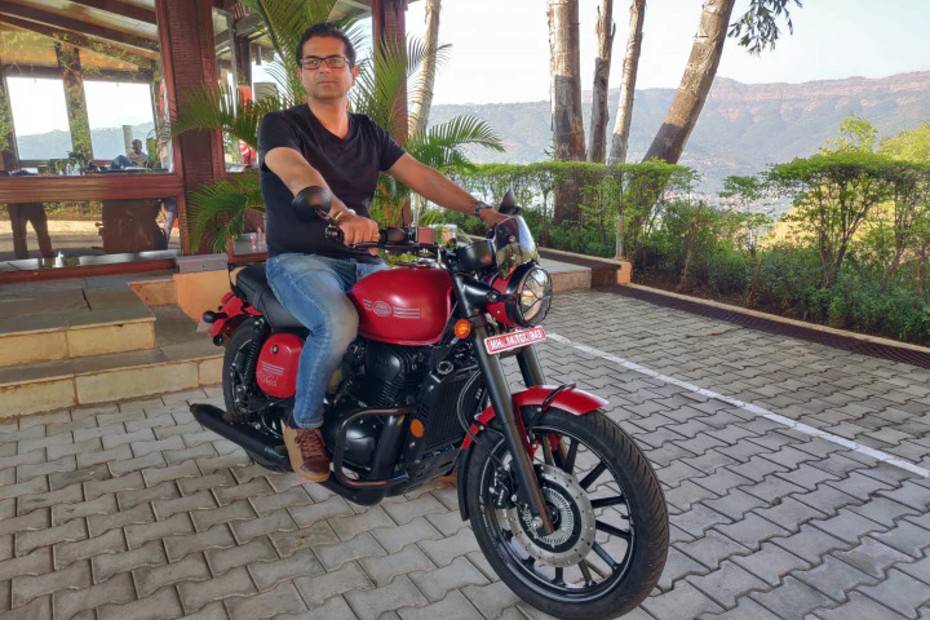Exclusive: Electric BSA, Flex-fuel Jawa Bikes: Interview With Classic Legends' CEO
Published On July 27, 2021 09:00 IST
By Pratik Bhanushali
- 7455 Views
From electric motorcycles to flex-fuel, Ashish Singh Joshi gave us an insight into the brand’s forthcoming plans

From reviving a dead brand to invoking back the enthusiasm for its motorcycles, Classic Legends have munched a long journey. We recently caught up with Ashish Singh Joshi, the brand’s CEO and got an abundance of insight into its forthcoming operations.
Electric BSA Development
Considering the push to EV mobility in India, it was only right to be curious about an electric Jawa. Addressing it, Ashish Joshi said “Electric (EV Market) is a very interesting phase. Regulations at a certain point of time will force you into electric (vehicles). Now what is the type of electric you do and all of that has to be determined at a particular point of time... "
- Throwback To The TVS Apache RTR 200 Fi E100: The Flex Fuel-Ready Indian Motorcycle
- Jawa 42 2.1 First Ride Review
- Bajaj Pulsar 250F Spied Again, Clearest Images Yet!
Back in November 2020, the brand unfolded its plans to set up an estate for the R & D of electric BSA motorcycles. From the total of GBP 9.6 million required for the facility, the UK government will grant a GBP 4.6 million. Moreover, Classic Legends also has plans to set up a Coventry-based plant where it will produce petrol-powered bikes first and electrics thereafter.

Ashish Joshi also added “we’ve established our small R&D Centre in Coventry, we now have between 12 and 15 people working from our side. So they’re BSA employees who are working on it, plus there are numerous people who are contracted, numerous others who are helping us. We have a consortium of us plus five partners there. So all of us have put in similar kinds of people in our R&D centre. So that’s the (place) where we’ll be seeing electric technology on the motorcycle emerging and putting up. So, I think Jawa, again electrification is something which is a very natural progression from where we are, both from an environmental perspective, again, and also from emissions, regulatory perspective.”
With the Covid-19 causing havoc, the brand is expected to unveil its first electric motorcycle by mid-2022.
Thoughts On The Flex-fuel Motor And Its Assist To The EV Scenario

Here’s what Ashish had to say: “Commercial fuel which is available is classified as E10, which even though it can have up to 10 per cent ethanol, it’s just got 8.5 per cent currently. Even ARAI, when they test, they test with E5. So blended fuels are on. From a tech-perspective, I think engines are able to handle. It is the rubber, the oil seals, the gaskets which need to be worked upon.“
“There is work to be done, though. I wouldn’t say that anybody would be flex-fuel ready today. But from a tech perspective, all of our engines, and I’m talking on behalf of everybody else as well, I think from an engine perspective, engines can handle it.”

Our authorities have recently announced that the auto industry will be shifting to E25 (25 per cent Ethanol blend) fuel in the next four years. However, that also brings the concern of deterioration of engine components (due to corrosive effect) like the rubber, engine gaskets and seals. Ashish suggests that the issue can be handled by working on the durability of those parts for a longer life span. Basically, modifying the grades of those parts as per the needs of flex-fuel running engines.
While the changes are coming a tad bit earlier than expected, it’s a relief to know that with the necessary upgrades, the engine will adapt to the new form of fuel in the future. Not just that, even the EV mobility will have hopefully progressed leagues ahead by then. For reference, manufacturers like TVS have multiple EVs incoming while Ola is set to roll out the Ola scooter and even Suzuki’s Burgman Electric has been spotted testing recently.
